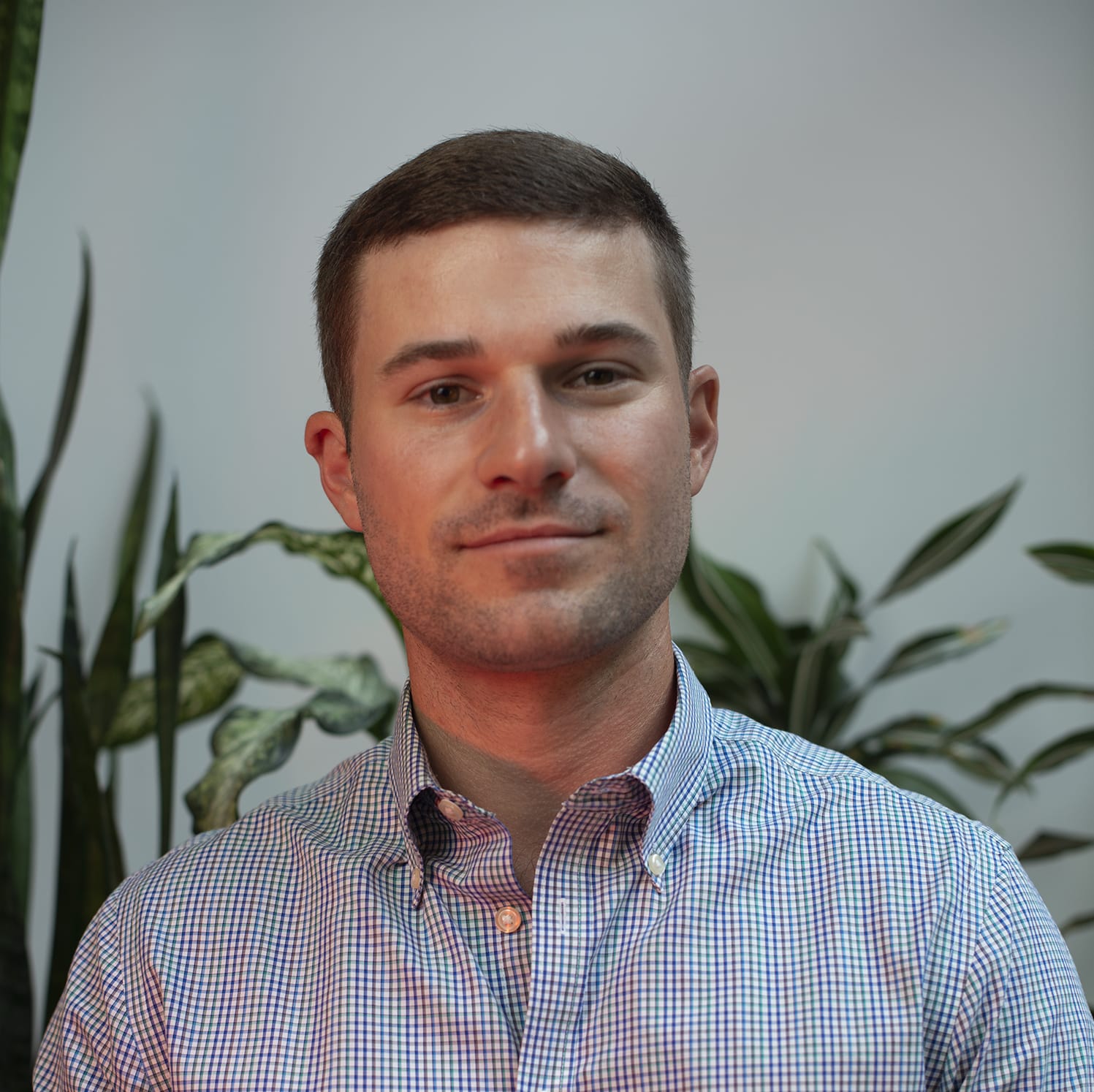What Are Common Exclusions For a Product Liability Policy?
Claims that should be covered by other insurance.
• Bodily injury/property damage (BI/PD): when not arising out of the use of the product, this should be covered by GL, property, workers comp, or employers liability.
• Securities violations: should be covered by a D&O policy
• Pollution: should be covered by a pollution liability or environmental impairment liability policy
• Employee benefits and ERISA violations: should be covered by a fiduciary liability policy
• Harassment, discrimination, workplace torts: should be covered by an EPLI policy.
• Professional services: should be covered by an E&O policy
• Contracts: contracts that aren’t listed as “insured contract” should likely be covered by an E&O policy
• Violation of privacy laws: when not covered as a personal injury, this should be covered by a cyber policy.
Claims made vs occurrence
Products liability and general liability policies should almost always be written on occurrence forms. A products liability policy should only be written on a claims made form as a last resort. Carrier’s can refuse to offer an occurrence policy based on the nature of the business of because of claim activity. This makes the policy significantly less advantageous for the insured and requires additional expense to cover tail exposure if the insured switches over to an occurrence form. (For more info, check out this IRMI article).
Occurrence CGL forms will have a form number that starts with CG 00 01. When you see that, you’re good. If instead your CGL form number starts CG 00 02, start looking for a new policy asap.
Products Liability-specific exclusions
Several exclusions are created via carvebacks to the definition of “Products-completed operations hazard”:
• Occurrence needs to happen away from the insured’s premises for coverage to apply
• No coverage for claims arising out of products that were still in the insured’s possession
• Work needs to have been completed for coverage to apply. Claims arising from unfinished products or operations would be denied
• No coverage related to the transportation of property. There is limited coverage for certain situations where the product is being loaded or unloaded
• Claims arising out of the existence or tools, uninstalled equipment or abandoned or unused materials would not be covered
Premises
The occurrence can’t happen at the insured’s premises. This coverage is designed to protect against suits from third parties that were hurt in the outside world once the product has been released into the market.
Fungi or bacteria, lead, silica, etc.
There are several exclusion endorsements that can be added to the policy to reduce the carrier’s exposure to certain high-risk materials. It’s important to always be aware of how these exclusions affect coverage afforded for the product in question.
The classic example is a food manufacturer who doesn’t notice these types of exclusions on their policy. A suit from a customer who suffered food poisoning due to some sort of bacteria may not be covered by a products liability policy even though that’s the exact fear that drove them to buy insurance in the first place.
Exclusion/Limitation – Designated Products
Sample Endorsement
This endorsement limits products & completed operations coverage to only those products specifically listed on the endorsement. Be particularly wary of this endorsement on any company selling a tangible product to businesses or consumers.





